Active Dry Yeast vs Instant Yeast
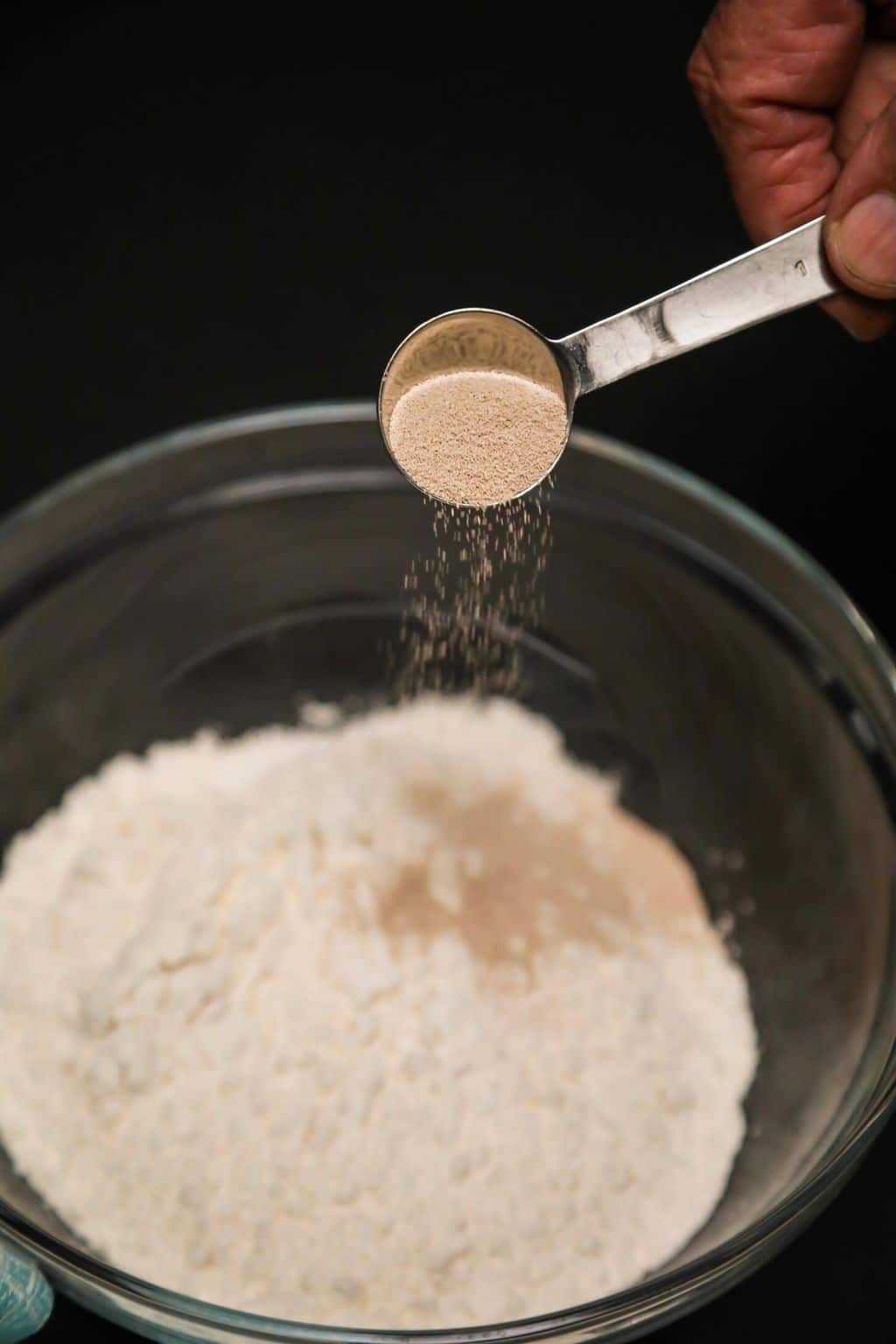
Active dry yeast vs instant yeast – what are the differences?
Anyone who knows me knows that I love bread, like I really love bread, and consider yeast a friend because it, along with gluten, allows for bread to be as good as it is!
The answer is really very little.
It comes down to the size of the granules.
Active dry yeast has larger granules so needs to be soaked in water before use so that it dissolves properly.
Instant yeast is fine enough that you can add it immediately to the flour and other dry ingredients.
You may have heard of fresh yeast (also known as cake yeast).
This a yeast that is often used in large scale or professional operations.
At the end of the day, fresh or dry, they do the same job.
It was Louis Pastuer who first discovered what yeast does, which is to feed on flour, allowing it to ferment, and as a byproduct releasing gas which allows the dough to rice.
Everything from breads to cinnamon rolls.
Even though all these different types of yeast we come across on our supermarket shelves sound the same, they are not.
Let me explain the difference between active dry yeast vs instant yeast.
Active Dry Yeast
Active dry yeast is the original dried yeast used for many hundreds of years to bake bread and other dough based leavened products.
Any dough recipe that calls for yeast will be served well with the use of active dry yeast.
Make sure to soak this yeast in a small bowl of warm water until you see the yeast dissolve and foam appear on top.
This is very important with this kind of yeast.
Add to your recipe and follow directions.
Instant Yeast
Instant yeast is a yeast that can be added directly to dry bread ingredients and dissolve immediately when warm liquids are added.
Most importantly, you do not need to proof this yeast first.
This makes a substantial impact on timing as it is fast acting.
Bread machine yeast, rapid rise yeast, and quick rise yeast are all types of yeast that are a form of instant yeast.
Active Dry Yeast vs Instant
The primary difference between these two yeasts is the size of the granules.
One requires being proofed beforehand.
You can use instant yeast can be immediately by mixing in with the dry ingredients.
With active dry yeast, dissolve it in water before use to allow the yeast to activate, then add with the liquid.
So the decision ultimately comes down to you.
In terms of the outcome of your baked goods, there is a marginal difference in result with the different types of yeast.
Which One to Use for Cooking?
I prefer the instant yeast because it gives me options.
I can either use it by mixing directly into the dry ingredients.
Or if I want to proof it by allowing it to activate in water I can do that also.
But both are just as good as one another for baking purposes.
You will easily find both in grocery stores and have similar rise times when using 1 to 2½ teaspoons instant or dry active yeast per 4 cups of flour.
Anywhere from ¼ teaspoon to ½ teaspoon per cup of flour.
Active dry yeast and instant yeast are both good to use.
Which One is Better?
Better is just a relative term in this case, they really are both just as good as each other.
It’s just the difference between a teaspoon of instant yeast directly into the dry ingredients at room temperature.
Or to dissolve the yeast in warm water beforehand.
The choice is yours.
It’s really as simple as that!
I would recommend getting comfortable with one type of yeast.
That way, you’ll know how it reacts and you won’t be surprised when trying out new recipes.
An important skill of cooking and experimenting is knowing how your ingredients will react within recipes.
Where Can I Buy Yeast?
You can purchase yeast at any supermarket.
It’s a very common ingredient to find.
If you’re not sure where, head to the ‘Baking’ aisle first as this will be your best bet.
Do you have a preference of yeast you like to use in your baking?
Tell me why in the comments below.

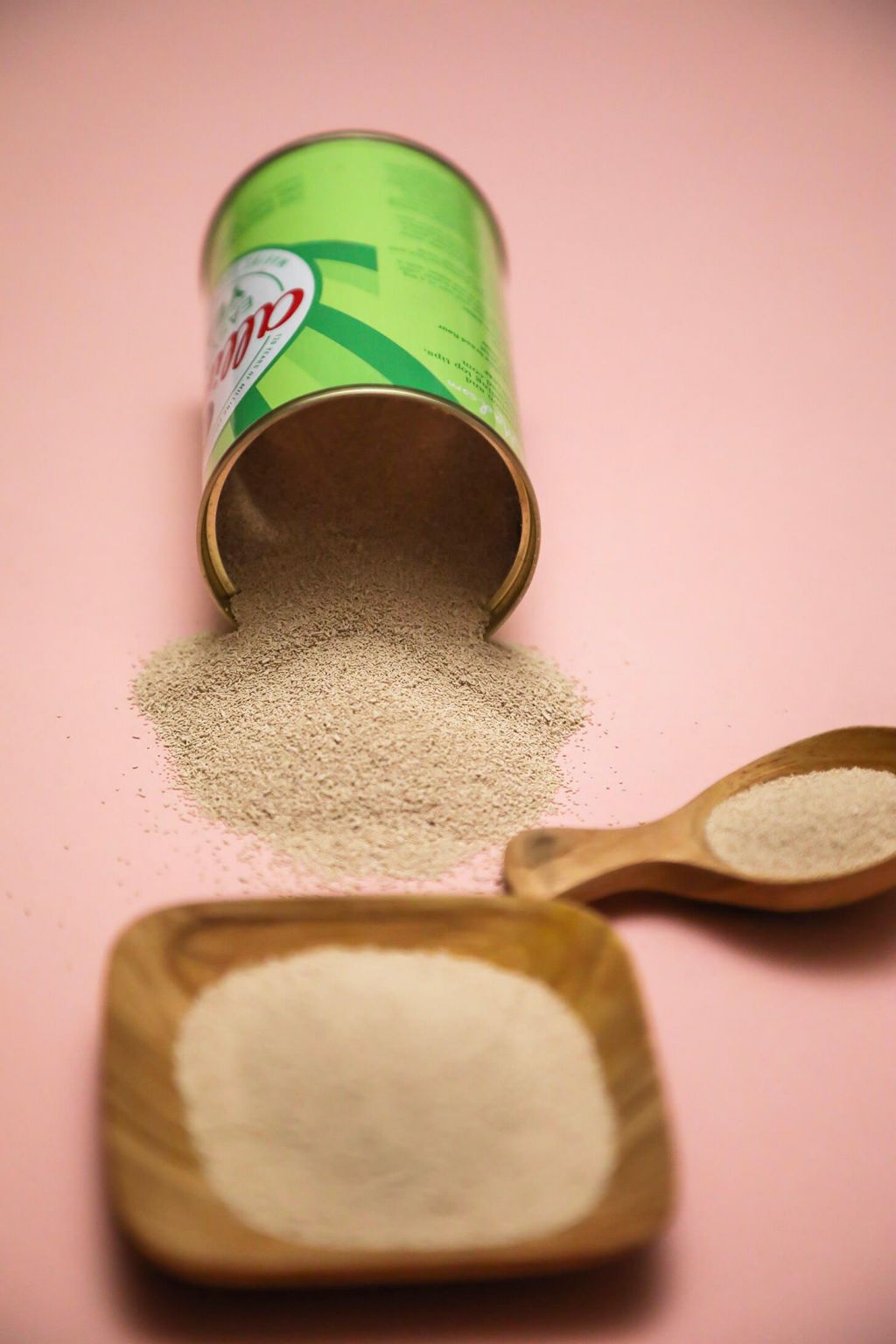
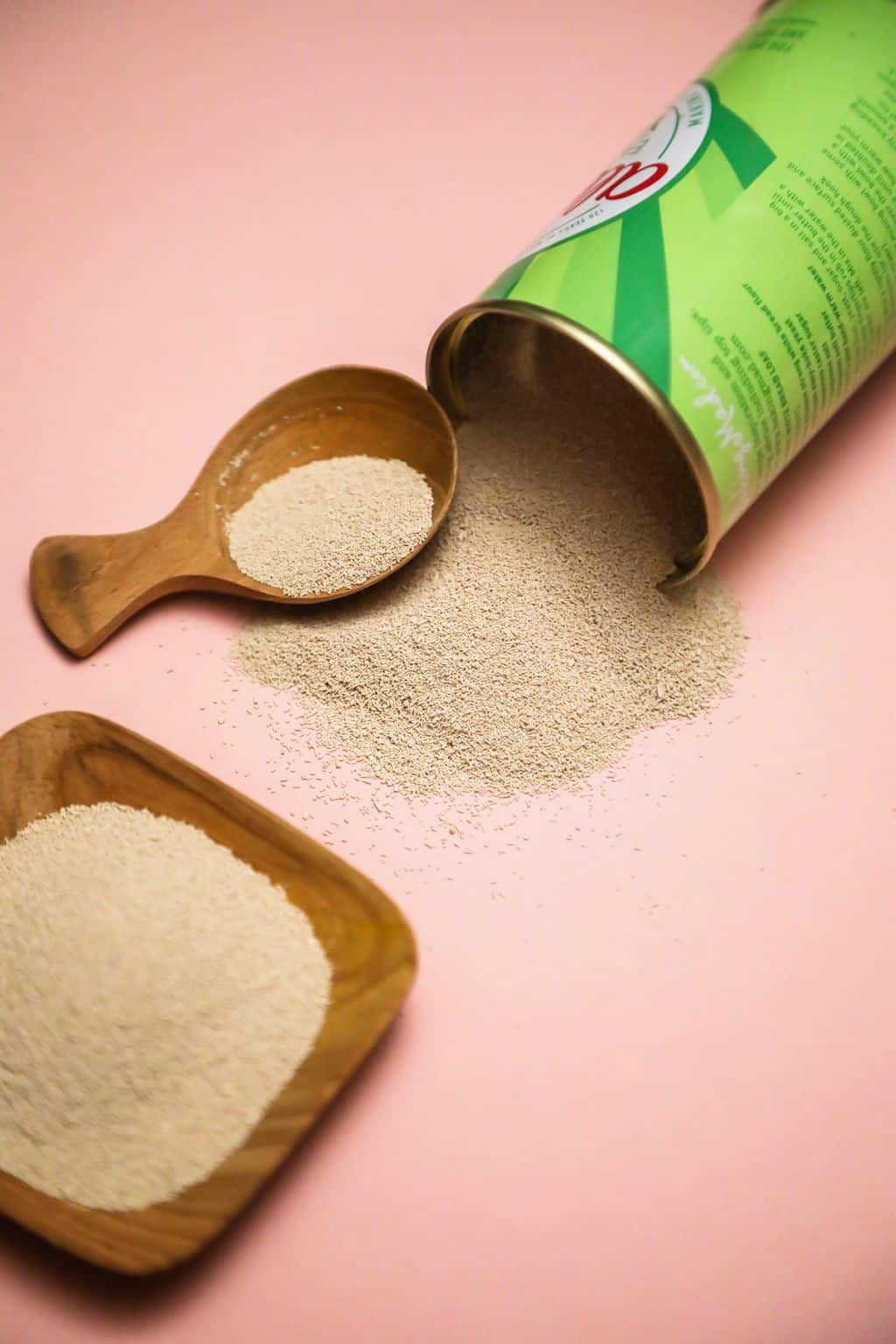
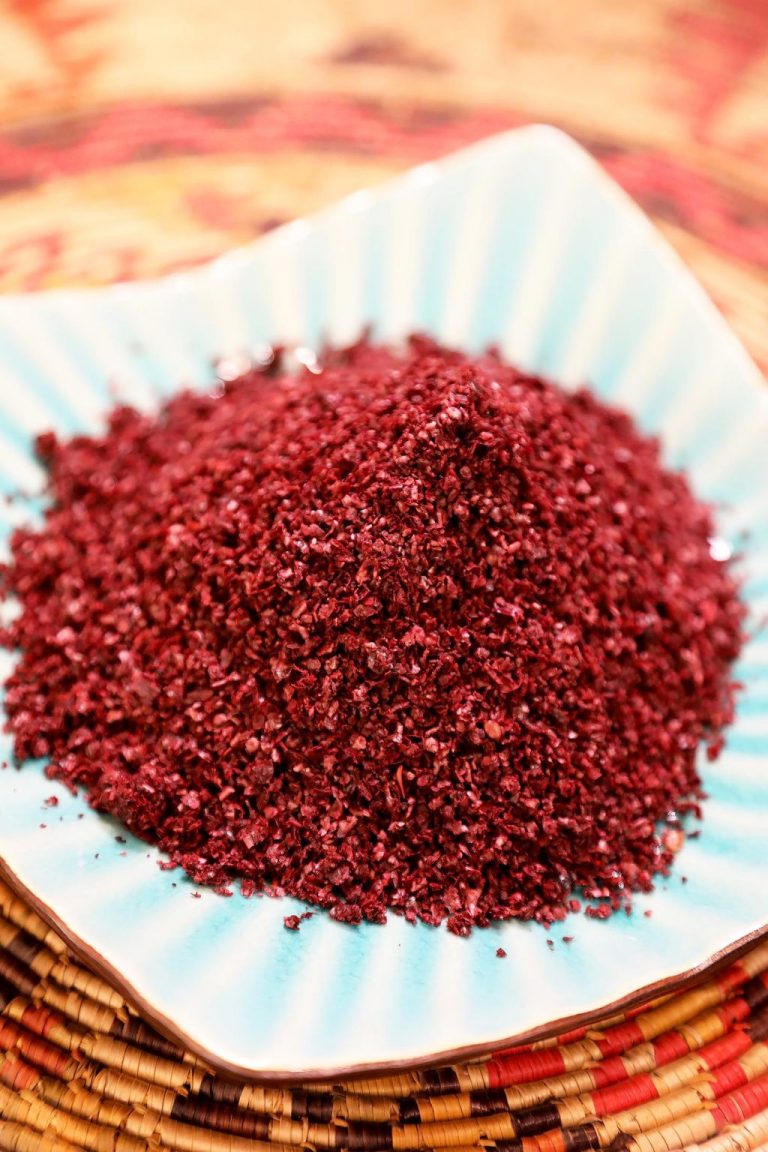


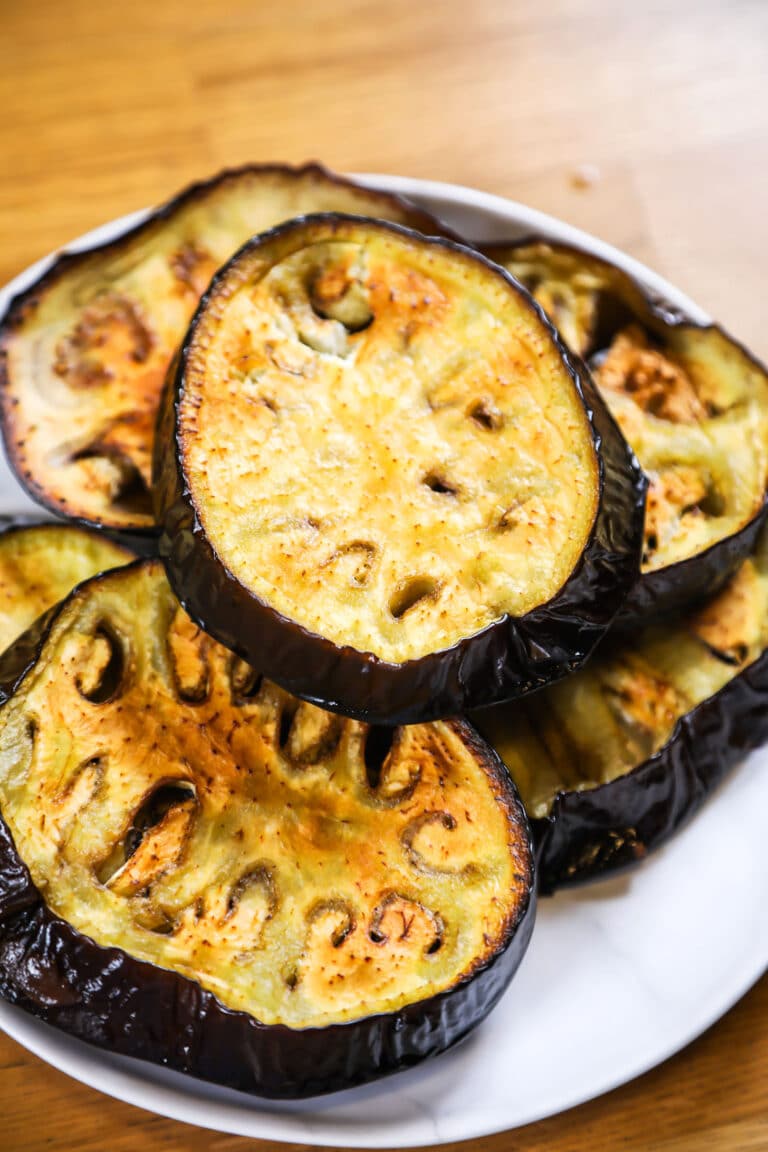


Just the information I was looking for, thank you!
You’re welcome Kerri!
Exactly what I needed to understand . Great explanation chef !! Thank you ..
I’m glad it was helpful Jia!